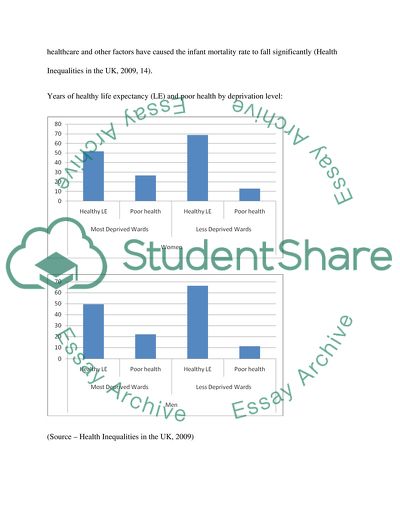Cite this document
(“HEALTH ILLNESS AND SOCIETY Essay Example | Topics and Well Written Essays - 2500 words”, n.d.)
Retrieved from https://studentshare.org/miscellaneous/1584274-health-illness-and-society
Retrieved from https://studentshare.org/miscellaneous/1584274-health-illness-and-society
(HEALTH ILLNESS AND SOCIETY Essay Example | Topics and Well Written Essays - 2500 Words)
https://studentshare.org/miscellaneous/1584274-health-illness-and-society.
https://studentshare.org/miscellaneous/1584274-health-illness-and-society.
“HEALTH ILLNESS AND SOCIETY Essay Example | Topics and Well Written Essays - 2500 Words”, n.d. https://studentshare.org/miscellaneous/1584274-health-illness-and-society.


